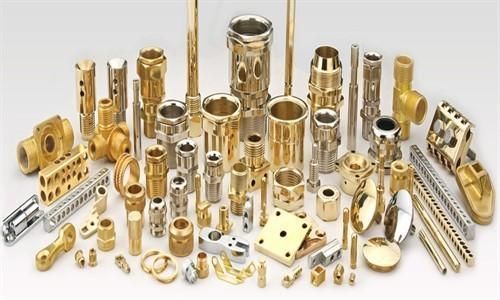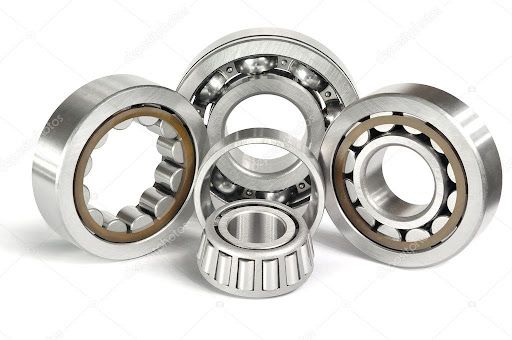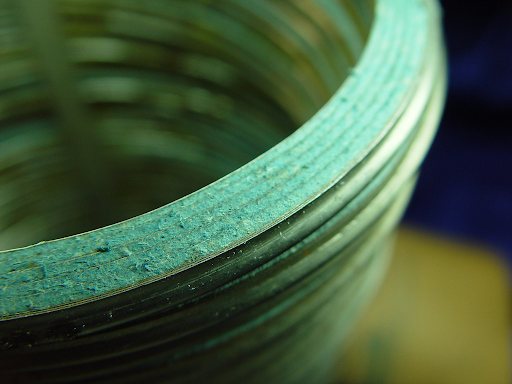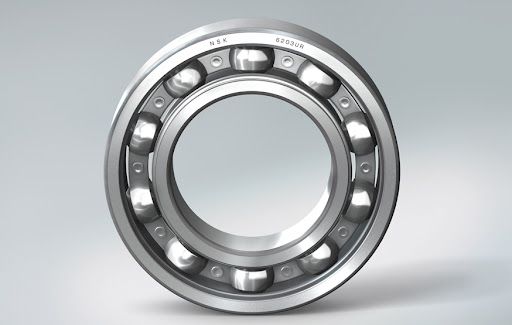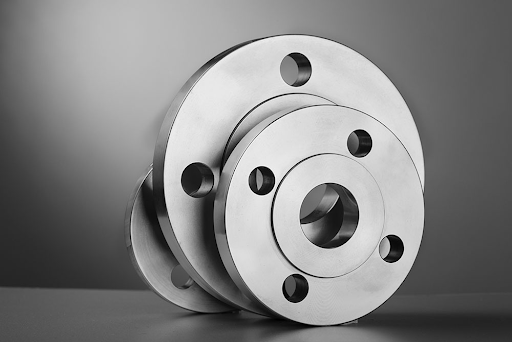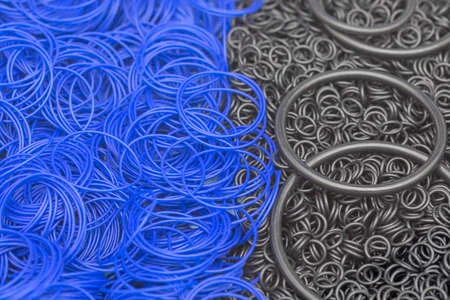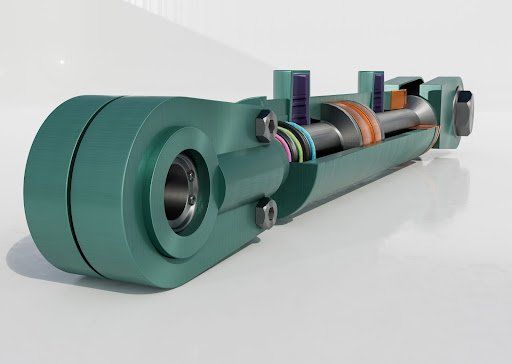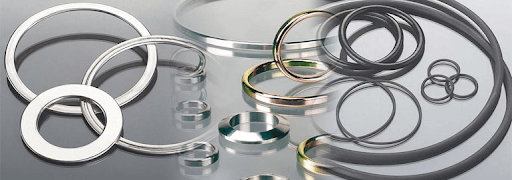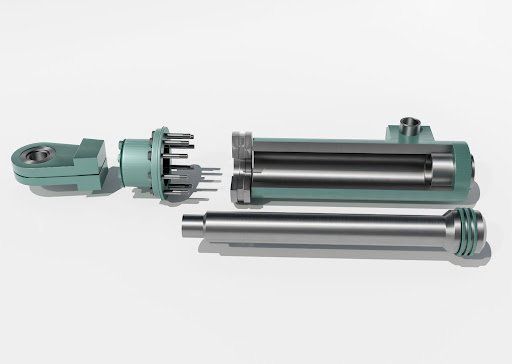Tea Staining on Stainless Steel
Tea Staining on Stainless Steel
Stainless steel is used as much for its visual appeal as for its resistance to corrosion, which is why many people tend to panic when they notice an unsightly brown discolouration on the surface of their stainless steel applications. There is no real need to fret though. This common occurrence is known as ‘tea staining’ and it does not affect the structural integrity or lifespan of the steel. This cosmetic issue can be avoided with a small amount of proper care and by remembering that stainless steel is ‘low’ maintenance and not maintenance ‘free’.
What Causes Tea Staining?
Tea staining of stainless steel is most common in coastal or tropical areas, where water with a significant chloride content is in regular contact with the metal surface or when the local conditions are too aggressive for the grade of steel that’s installed. When sea salt is present on a stainless steel surface, it remains ‘wet’ and corrosive until the relative humidity drops significantly.
The corrosion causes a visual discolouration of the metal surface, generally following the ‘grain’ of the surface finish. Polluted urban environments, rain sheltered areas, wind exposure, and poor drainage design can also lead to tea staining or even more serious corrosion. Tea staining usually doesn’t occur on a surface that is indoors because the environment and relative humidity can be controlled to protect the surface applications.
How to Prevent Tea Staining
With proper care and careful considerations, tea staining can be avoided or at least minimised. This starts with selecting the correct grade of material, particularly if your exposed metal is close to the ocean. As a general rule, stainless steel grade 316 or above should be used as a minimum for applications within 5km of the coastline but keep in mind that tea staining can occur up to 20km inland, depending on the environment.
Regular washing with clean, warm, soapy water or even just rainwater, can significantly reduce the occurrence of tea staining. A high-pressure, fresh water wash is also effective and often more practical. In extreme cases, regular washing might not be enough to protect the metal from tea-staining so additional protection can be achieved by coating the metal.
Bearing Centre stocks a wide range of ferrous and non-ferrous metals to suit all your needs, and we are available during and after hours to assist with any queries you might have regarding proper care and maintenance of your applications. Call us today!

